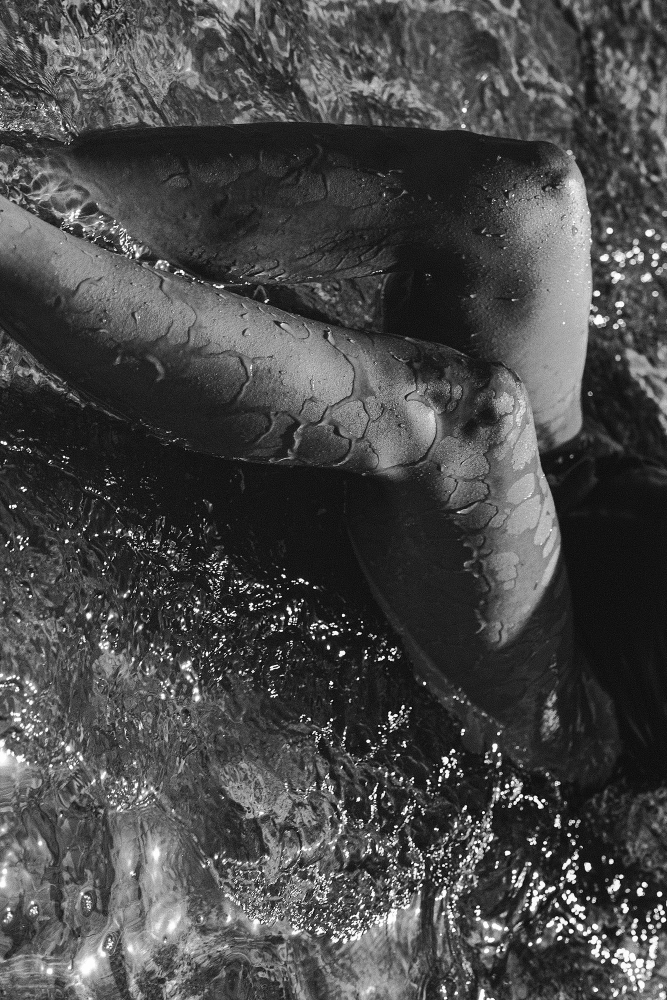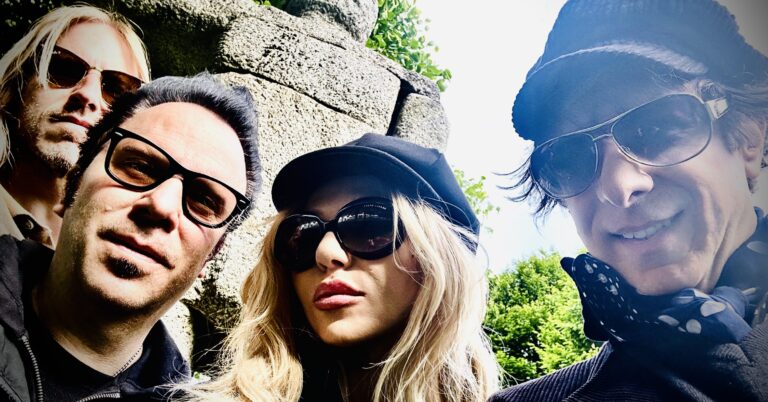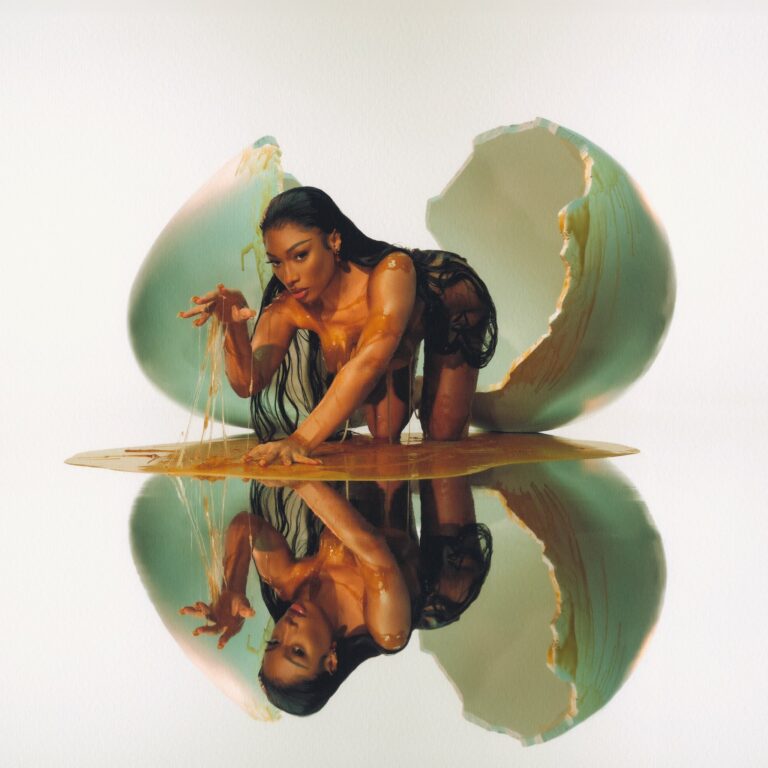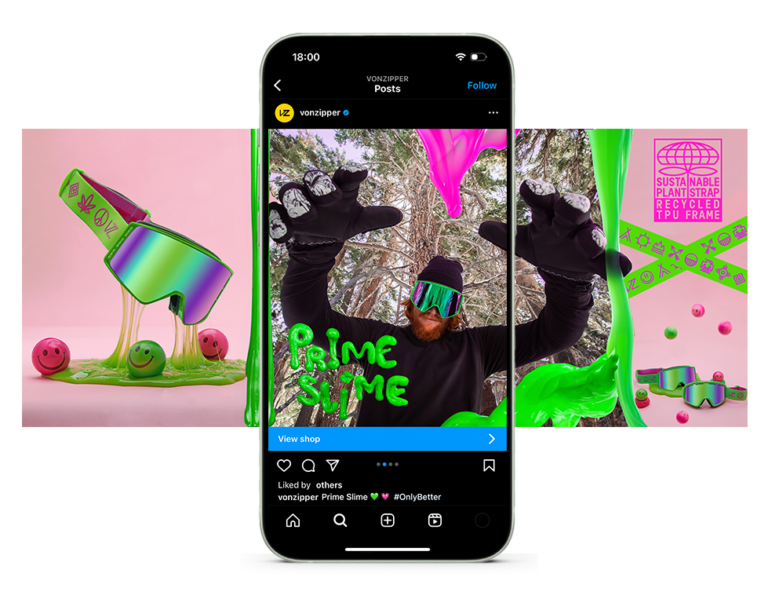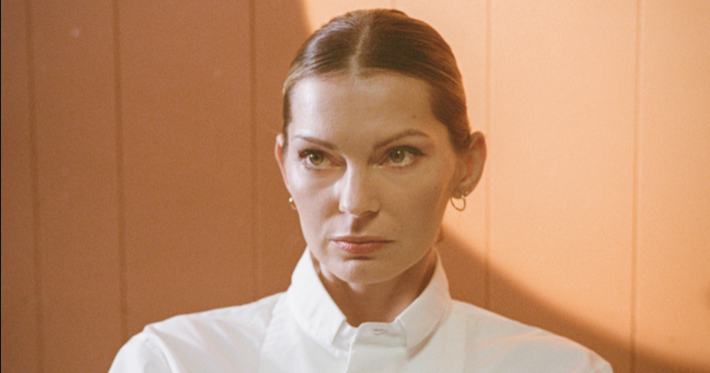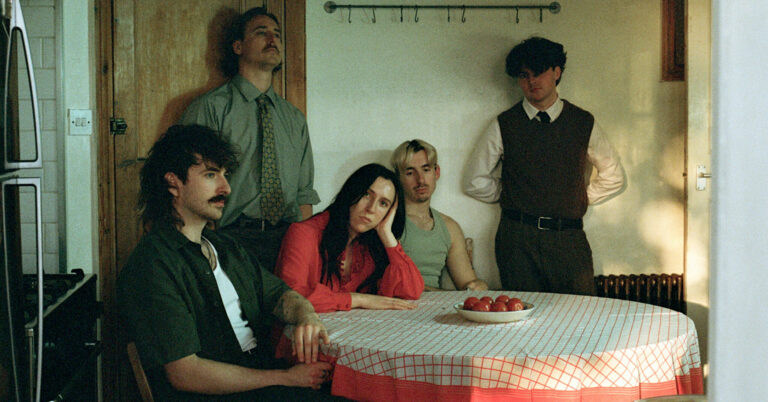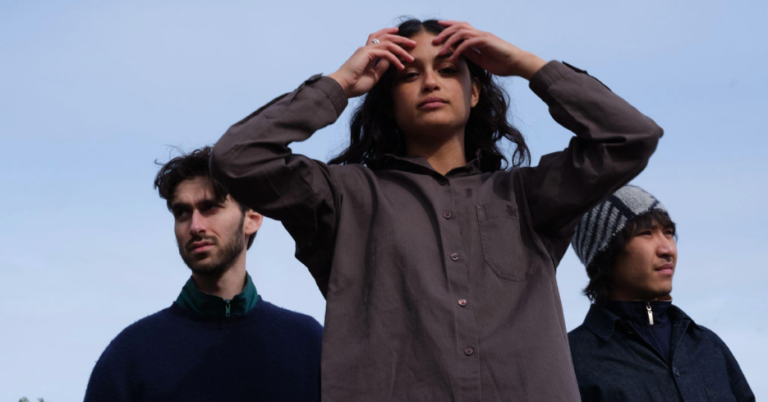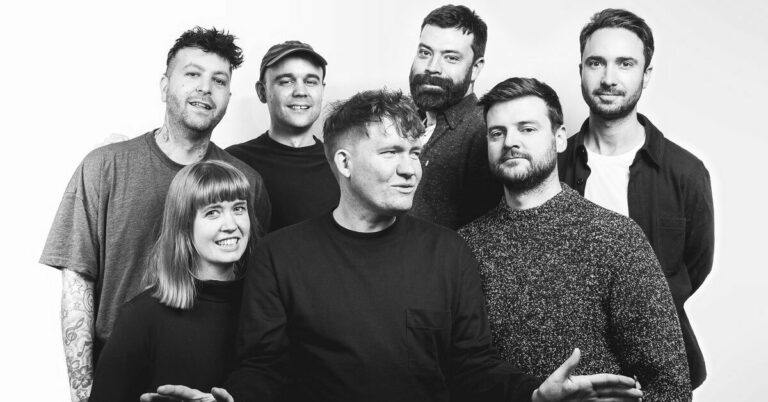Virtual Entertainment in Santa Clarita: Exploring the World of Online Casinos
Santa Clarita, known for its scenic landscapes and vibrant community life, is rapidly becoming a hub for virtual entertainment, with online casinos leading the digital charge. As residents increasingly turn to the internet for leisure and socializing, virtual platforms offering casino experiences have seen a notable surge in popularity. This shift is not just about the convenience of accessing entertainment from the comfort of one’s home but also reflects a broader transformation in how people in Santa Clarita engage with technology and community activities. This article delves into the fascinating world of online casinos in Santa Clarita, exploring the legal frameworks, the appeal of virtual gambling, its impact on the local economy and social fabric, and what the future may hold for digital entertainment in this thriving city.
The Legal Landscape of Online Casinos in Santa Clarita
Navigating the legal terrain of online casinos in Santa Clarita reveals a complex interplay between state regulations and local nuances. In California, the legality of online gambling is governed by state law, which generally does not sanction most forms of internet betting. However, there are exceptions, particularly for games like fantasy sports and sweepstakes, which can provide a framework somewhat akin to traditional online casinos.
For Santa Clarita, this means residents must tread carefully in the digital gaming realm. The city itself does not have specific ordinances that regulate online gambling differently than the rest of the state, but local authorities are keen on ensuring that any engagement in these activities complies with state mandates. The absence of localized regulations offers a kind of legal gray area where the lines between permissible online engagements and prohibited activities can blur, making it essential for participants to be well-informed.
In this context, the term Virtual Casino has become a buzzword among tech-savvy gamblers and casual players alike, drawing attention to platforms that offer casino-like experiences within the legal boundaries. These platforms often operate by utilizing models that do not directly constitute gambling but still provide the thrill and engagement of casino games, such as using virtual currency that cannot be exchanged for real money.
Thus, while the virtual doors to typical online casinos remain largely closed under California law, innovative approaches to digital gaming continue to flourish, providing Santa Clarita residents with legal alternatives to traditional gambling experiences. As the landscape of online entertainment evolves, so too does the legal framework surrounding it, requiring continual adaptation and keen legal awareness from all stakeholders involved.
The Appeal of Online Casinos in Santa Clarita
In Santa Clarita, the allure of online casinos is undeniable, drawing a diverse crowd with the promise of both fun and potential financial gain. This growing fascination can be attributed to several key factors that resonate with the city’s demographic, which values both technological engagement and diverse entertainment options.
Firstly, the convenience of online casinos is a significant draw. Residents can enjoy a wide array of games from the comfort of their own homes, at any time. This accessibility is particularly appealing in a fast-paced society where leisure time is a precious commodity. Additionally, the safety and comfort of home-based entertainment have become even more attractive in recent times, aligning well with the community’s lifestyle.
Secondly, the variety of games offered by online platforms caters to a wide range of interests and skill levels. From classic table games like poker and blackjack to newer, innovative options, there is something for everyone. For instance, slot enthusiasts in Santa Clarita might find themselves drawn to engaging titles such as the Review of the Big Bass Splash, a game celebrated for its vibrant graphics and immersive gameplay. This particular game has garnered attention for its fun theme and exciting bonus features, enhancing the virtual casino experience.
Furthermore, the social aspect of online casinos is a compelling component. Many platforms offer live dealer games and chat options, creating a sense of community among players. This social interaction, combined with the thrill of competition, mirrors the traditional casino atmosphere, making the virtual experience surprisingly personal and engaging.
Lastly, the technological advancements in online gaming graphics, sound effects, and user interfaces continually improve, making online casinos more appealing. The seamless integration of sophisticated technology ensures a high-quality gaming experience that can rival physical casinos. Thus, the appeal of online casinos in Santa Clarita lies in their ability to combine convenience, variety, community, and cutting-edge technology, providing a comprehensive entertainment solution that resonates with modern lifestyles and preferences.
Economic and Social Impacts of Online Casinos on the Local Community
The advent of online casinos has brought a dynamic shift to the local economy and social fabric of Santa Clarita, reflecting a broad spectrum of impacts that merit close examination. Economically, these digital platforms can contribute positively by creating new job opportunities in tech support, customer service, and digital marketing sectors. These roles often require a tech-savvy workforce and can stimulate local employment, which is beneficial for Santa Clarita’s economy.
From a business perspective, the rise in popularity of online casinos like those found after a simple Registration on Hugewin can lead to increased digital traffic, which often necessitates enhanced IT infrastructure and boosts local tech businesses. Furthermore, advertising and promotional activities related to these casinos can bring significant investment into local media outlets, increasing their revenue streams and providing more jobs in the media sector.
Socially, the impact of online casinos in Santa Clarita is multifaceted. On one hand, these platforms offer a form of entertainment that is accessible from the safety and comfort of home, which can be particularly appealing to those who may have mobility issues or who prefer not to visit physical casino locations. Additionally, online casinos can serve as social platforms where people interact, play together, and share experiences, which can help foster a sense of community among users.
However, there are potential downsides to consider as well. The accessibility of online gambling can lead to issues such as gambling addiction, which poses a significant health risk and can have profound social consequences. This necessitates the development of robust support systems and educational programs aimed at promoting responsible gambling practices within the community. While online casinos can bring economic benefits and serve as a source of entertainment and socialization in Santa Clarita, they also require careful management and regulation to mitigate any negative social impacts. Balancing these factors is key to harnessing the potential benefits while safeguarding the well-being of the community.
The Future of Virtual Entertainment and Online Gambling in Santa Clarita
As Santa Clarita looks towards the future, the landscape of virtual entertainment and online gambling is poised for significant evolution, driven by both technological advancements and changing community behaviors. This future state promises to be both dynamic and influential, potentially reshaping the local entertainment and economic sectors in profound ways.
Technological innovation stands at the forefront of this evolution. The integration of virtual reality (VR) and augmented reality (AR) into online gambling platforms could revolutionize the user experience, offering immersive environments that mimic the physical presence of being in a casino. Imagine donning a VR headset and walking through a digitally rendered casino where you can interact with other players and game hosts in real-time, all from the comfort of your home in Santa Clarita.
Moreover, the use of blockchain technology could also redefine online gambling, offering greater transparency and security for transactions. This could attract a larger segment of the population who value the security of their financial transactions and personal data, thereby expanding the customer base within Santa Clarita and beyond. The potential economic impact of these advancements could be substantial. With an increase in the quality and security of online gambling, Santa Clarita could see a surge in tech startups focused on developing gambling software and security solutions. This would not only boost local employment in the tech sector but could also position Santa Clarita as a hub for digital innovation in virtual entertainment.
Socially, as online gambling becomes more integrated and accepted within the fabric of everyday leisure activities, community norms around gambling are likely to shift. With responsible gambling practices promoted by advanced, user-friendly platforms, the stigma associated with gambling could diminish, leading to a more open conversation about its role in society and its impact on individuals.
However, with these opportunities come challenges, particularly in ensuring that the growth of this industry does not exacerbate problems like gambling addiction. As such, local authorities and community leaders in Santa Clarita will need to remain vigilant, creating policies and support systems that balance growth with the well-being of its citizens.
The future of virtual entertainment and online gambling in Santa Clarita is not just about embracing new technologies but also about fostering a community that can handle these changes responsibly. As we move forward, the collaboration between innovators, regulators, and community advocates will be crucial in shaping a future where both the economy and the social health of Santa Clarita thrive.

